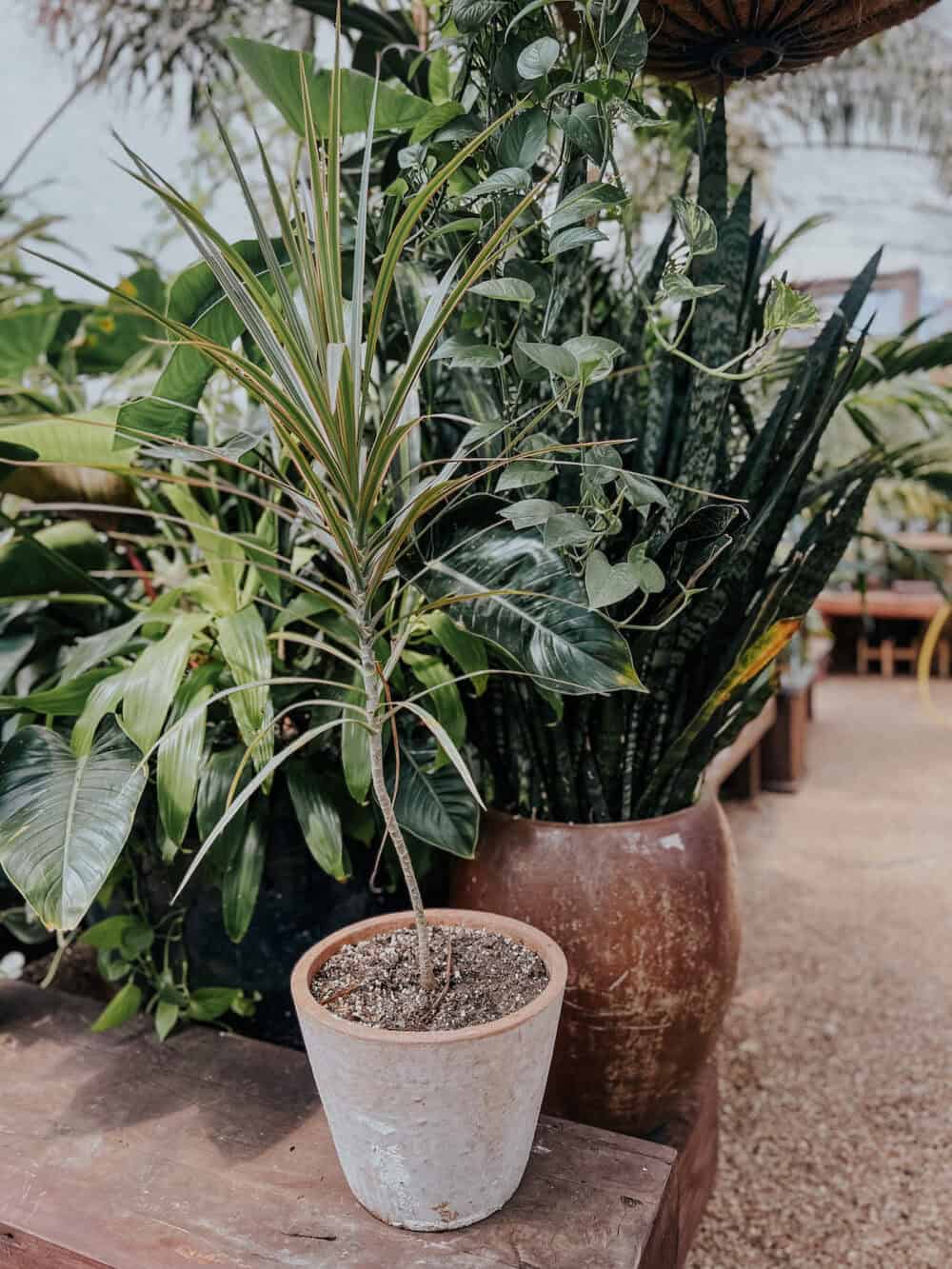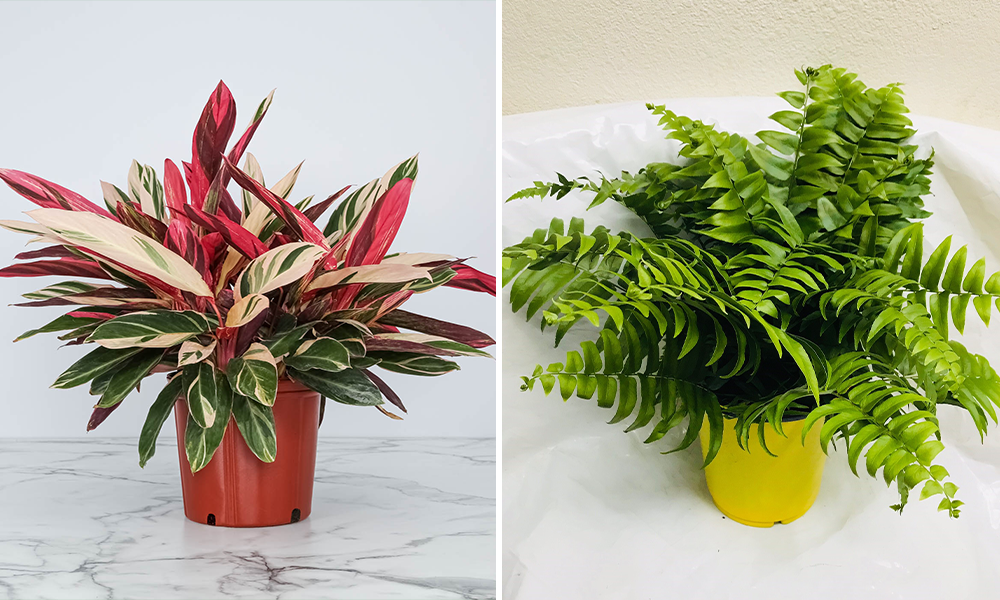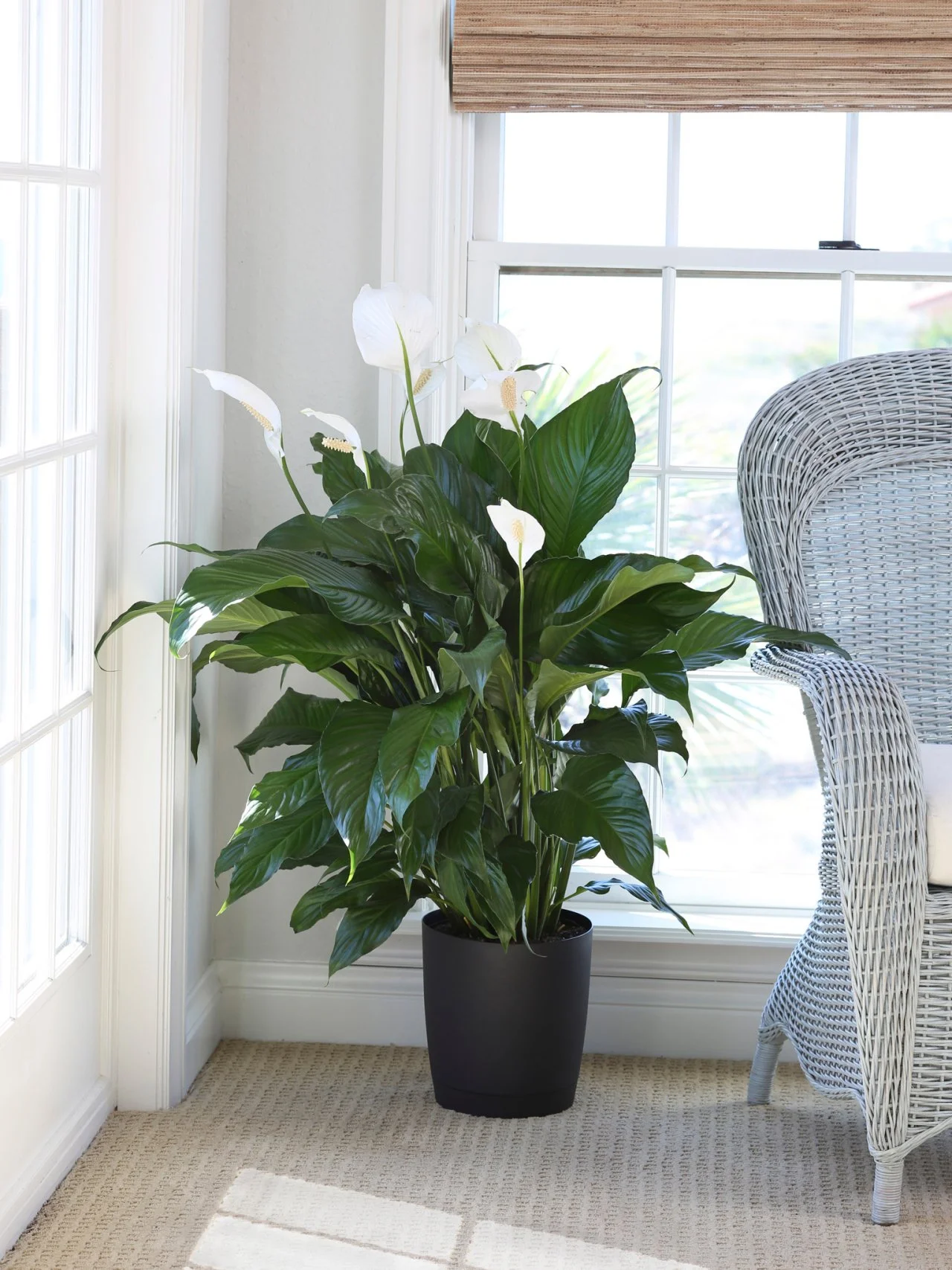A Guide to the Best Low-Light Indoor Plants for Small Spaces
A Guide to the Best Low-Light Indoor Plants for Small Spaces
Blog Article
Explore the Special Benefits of Low-Light Indoor Plants for Your Living Space
Integrating low-light interior plants right into your living room offers a plethora of benefits that expand far beyond mere aesthetic appeals. These durable plants not just flourish in environments with restricted sunshine but also offer critical functions such as air filtration and moisture improvement.
Air Purification Benefits
Low-light interior plants not just boost the aesthetic charm of living rooms however also play a considerable role in air filtration. Study has demonstrated that specific plant species can effectively get rid of common indoor pollutants, consisting of formaldehyde, benzene, and trichloroethylene. These substances commonly originate from house items such as furnishings, cleansing products, and structure products, adding to indoor air quality concerns.
Plants such as the snake plant, pothos, and tranquility lily are specifically skilled at filtering dangerous compounds from the air while prospering in low-light conditions. The process of phytoremediation, wherein plants soak up and metabolize toxins, enables these species to contribute substantially to a healthier interior setting. Furthermore, with photosynthesis, plants release oxygen, even more enhancing air top quality.
Incorporating low-light interior plants right into home or workplace rooms not only provides aesthetic benefits but additionally functions as a sensible approach for improving air high quality. By selecting the appropriate species, individuals can create an atmosphere that promotes wellness and lowers direct exposure to unsafe contaminants, making these plants a necessary component in modern indoor living.

State Of Mind Improvement Impacts
Numerous researches have shown that including interior plants can substantially boost state of mind and overall mental well-being. The presence of plant in indoor settings has actually been linked to lowered tension degrees, boosted sensations of peace, and enhanced emotional health. Low-light interior plants, particularly, prosper in settings where natural light is restricted, making them ideal for different living areas.
Research study suggests that communicating with plants can boost the launch of serotonin, a natural chemical connected with feelings of joy and health. In addition, the act of taking care of plants fosters a feeling of responsibility and accomplishment, more contributing to favorable mental wellness results. Moreover, low-light plants such as serpent plants, pothos, and peace lilies have been shown to enhance air quality, which is inherently linked to state of mind enhancement.
Integrating these plants into your office or home can produce a tranquil environment, supplying a aesthetic and sensory retreat from the stress of daily life - Best low-light indoor plants. As people spend raising quantities of time indoors, the mood-enhancing effects of low-light interior plants become much more crucial, giving not only aesthetic allure yet likewise a profound effect on emotional health
Low Maintenance Needs
For those looking for to improve their indoor spaces without a substantial time dedication, low-light interior plants are a perfect option as a result of their low maintenance needs. These resistant plants thrive in less-than-ideal lighting problems, making them excellent for offices and homes where all-natural sunshine is restricted.

Pest resistance is an additional benefit of low-light indoor plants. Lots of selections are much less susceptible to usual parasites, reducing the requirement for constant surveillance and treatment. In addition, these plants typically expand extra slowly than their high-light counterparts, implying less regular repotting and trimming are required.
Aesthetic Allure and Adaptability

In addition, these plants can be organized in myriad ways, whether in groups for a lavish effect or as standalone features to draw the eye. The options of planter styles-- from sleek ceramic pots to rustic wood containers-- better boost their aesthetic value, permitting home owners to express their personal design.
Moreover, low-light plants can be tactically placed in areas that might or else really feel neglected, such as corners or poorly lit racks, consequently maximizing their attractive capacity. Ultimately, the combination of their striking appearance and adaptability makes low-light interior plants a beneficial addition to any home, creating a welcoming environment that advertises wellness and leisure.
Enhanced Humidity Degrees
Enhancing interior humidity degrees is just one of the significant advantages of integrating low-light interior plants into living rooms. These plants normally launch dampness vapor through a process called transpiration, which occurs when water taken in by the origins moves via the plant and vaporizes from the fallen leaves. This procedure not just boosts moisture yet additionally adds to a healthier indoor environment.
Better moisture levels can relieve various health issues, such as completely dry skin, respiratory troubles, and allergies. Several individuals experience pain in dry indoor problems, particularly throughout winter season when heating systems remain in use. By strategically placing low-light plants throughout your home, you can create a much more well balanced humidity degree that fosters general wellness.
Moreover, certain low-light interior plants, like peace lilies and spider plants, are especially reliable at increasing humidity (Best low-light indoor plants). Therefore, low-light indoor plants serve both aesthetic and functional objectives, advertising a much healthier ambience.
Conclusion
In summary, low-light indoor plants supply many advantages that add to a much healthier and more welcoming living area. Their capability to detoxify the air, enhance mood, and enhance humidity levels emphasizes their value as effective style elements. Furthermore, see this site their reduced upkeep demands and visual flexibility make them appropriate for various environments. Including these resistant plants right into indoor setups not just raises the atmosphere yet additionally advertises overall health, developing a tranquil haven for citizens.
Plants such as the snake plant, pothos, and peace lily are particularly experienced at filtering system hazardous substances from the air while growing in low-light problems. Low-light plants such as serpent plants, pothos, and peace lilies have been revealed to improve air quality, which is fundamentally linked to state of mind improvement.
Low-light indoor plants, such as snake plants, pothos, and ZZ plants, not only improve the visual landscape of an area yet additionally introduce numerous textures and shades of eco-friendly that can enhance varied interior designs. These plants naturally launch moisture vapor with a procedure recognized as transpiration, which occurs when water soaked up more info here by the roots moves with the plant and vaporizes from the fallen leaves.In addition, specific low-light indoor plants, like tranquility lilies and crawler plants, are especially efficient at enhancing humidity.
Report this page